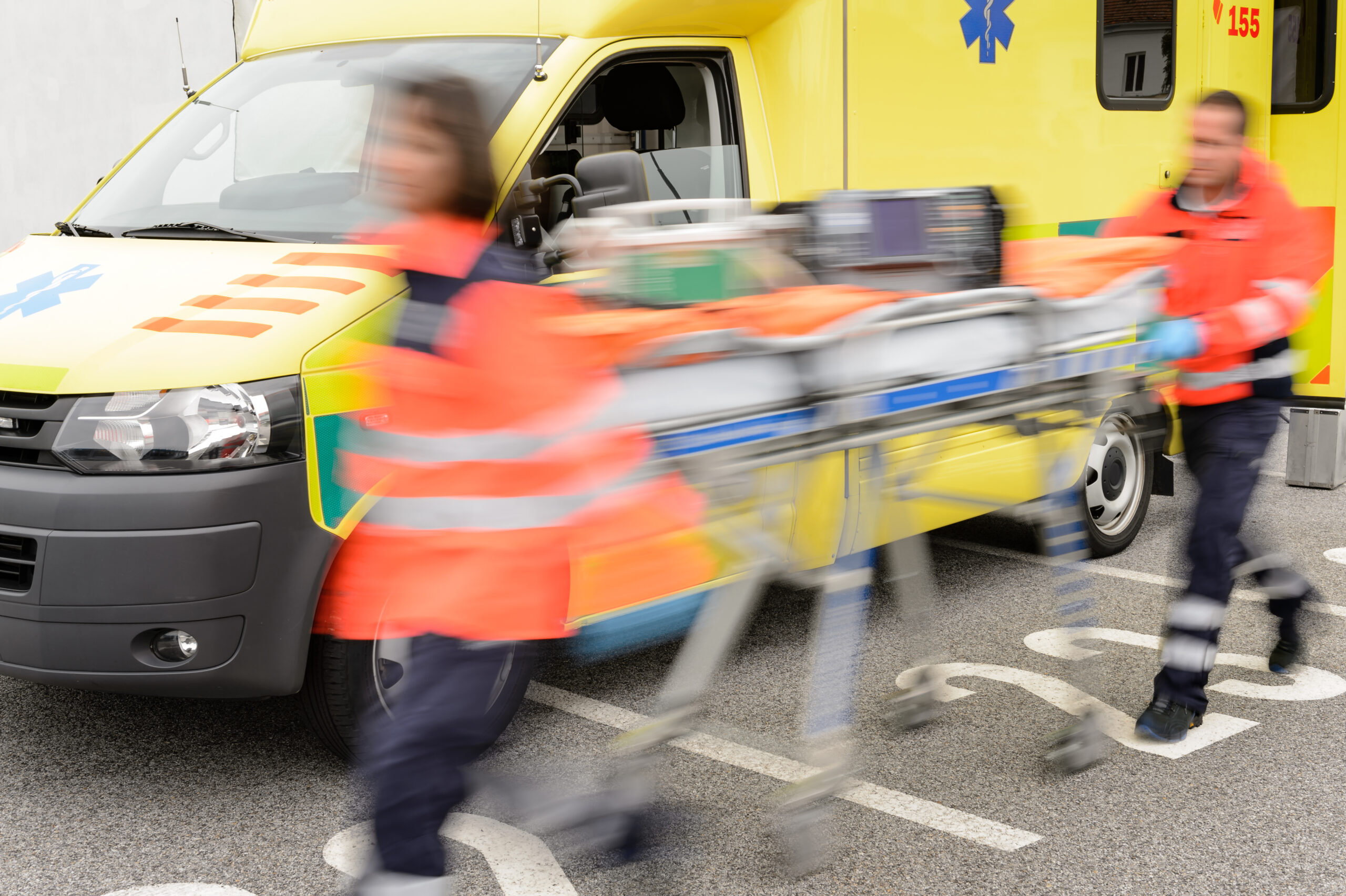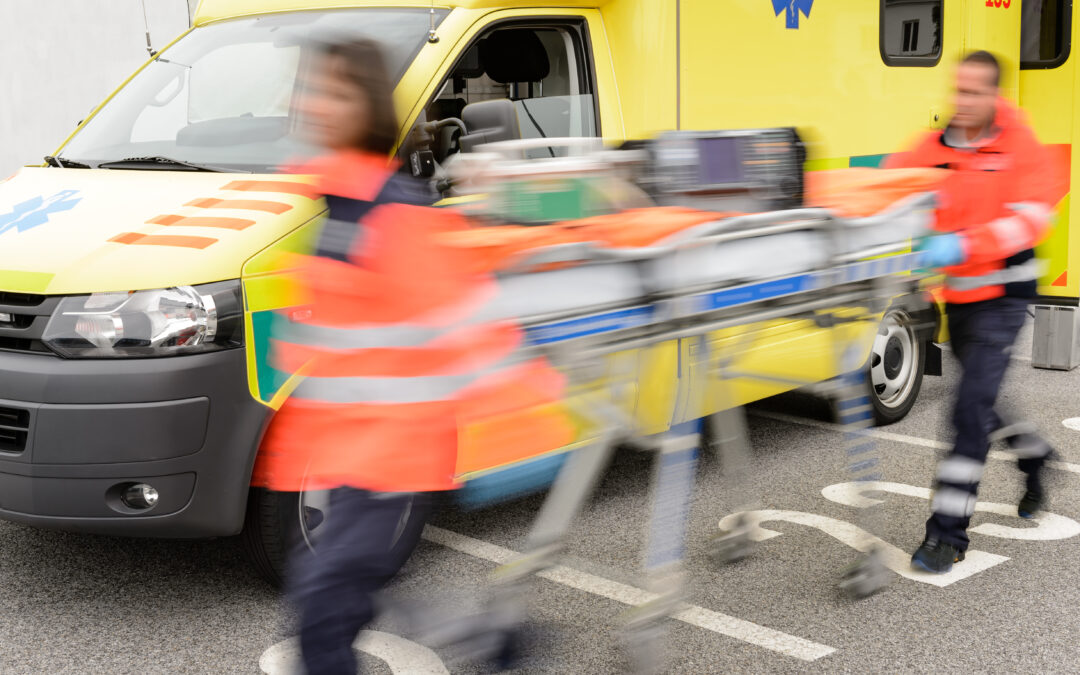Emergencies can strike at any time, and it’s essential that you are prepared. In this blog post, we will cover the five most important steps you should take to prepare for an emergency situation.
Step One: Create an Emergency Kit
The first step in preparing for an emergency is creating an emergency kit. Your kit should include supplies that will help you survive until help arrives or you can safely leave your home. Some of the items you should include in your emergency kit are:

Water (enough for three days)
Non-perishable food (enough for three days)
First aid kit with bandages, antiseptic wipes, and pain relievers
Flashlight and extra batteries
Portable phone charger
Multipurpose tool like a knife or hatchet
Thank you for reading this post, don't forget to subscribe NOW for FREE!
Map of the area
Whistle to signal for help
Step Two: Develop a Communication Plan
Communication is critical during an emergency. You need to have a plan in place so that you can stay connected with loved ones and receive updates on the situation. Here are some tips for developing a communication plan:
Choose someone out of state as your family contact person who everyone can call or text to check in after an emergency.
Make sure everyone has each other’s cellphone numbers saved in their phones.
Consider investing in walkie-talkies or two-way radios to communicate locally if cell service goes down.
Step Three: Keep Important Documents On Hand
In the event of an evacuation, you may not be able to return to your home for weeks or even months. It’s crucial that you keep important documents with you at all times. These documents could include:
Passports
Birth certificates
Social Security cards
Marriage licenses
Medical records
Bank account information
You can store these documents electronically by scanning them into a flash drive or storing them in the cloud. Step Four: Preparing Your Home for an Emergency
Your home needs to be ready for an emergency too. There are several things you can do to prepare your home for an emergency:
Install smoke detectors throughout your house and test them regularly.
Have a fire extinguisher handy and know how to use it.
Secure loose furniture and objects that could fall over during an earthquake or severe weather event.
Store heavy objects on lower shelves to prevent injury from falling debris.
Stock up on non-perishable food and water in case you cannot access stores or utilities go down.
Step Five: Practice and Test Your Emergency Plan
Practicing and testing your emergency plan is essential. This ensures that everyone knows what they need to do in the event of an emergency. Here are some ways to practice and test your emergency plan:
Conduct regular drills with your family members so that everyone knows what to do in different scenarios.
Test your emergency kits periodically to ensure everything works properly and nothing expired.
Use social media platforms to share updates about local emergencies and alert others to potential dangers.
By following these five essential steps, you can better prepare yourself and your family for an emergency situation. Remember to always stay informed and vigilant when it comes to your safety and wellbeing.






